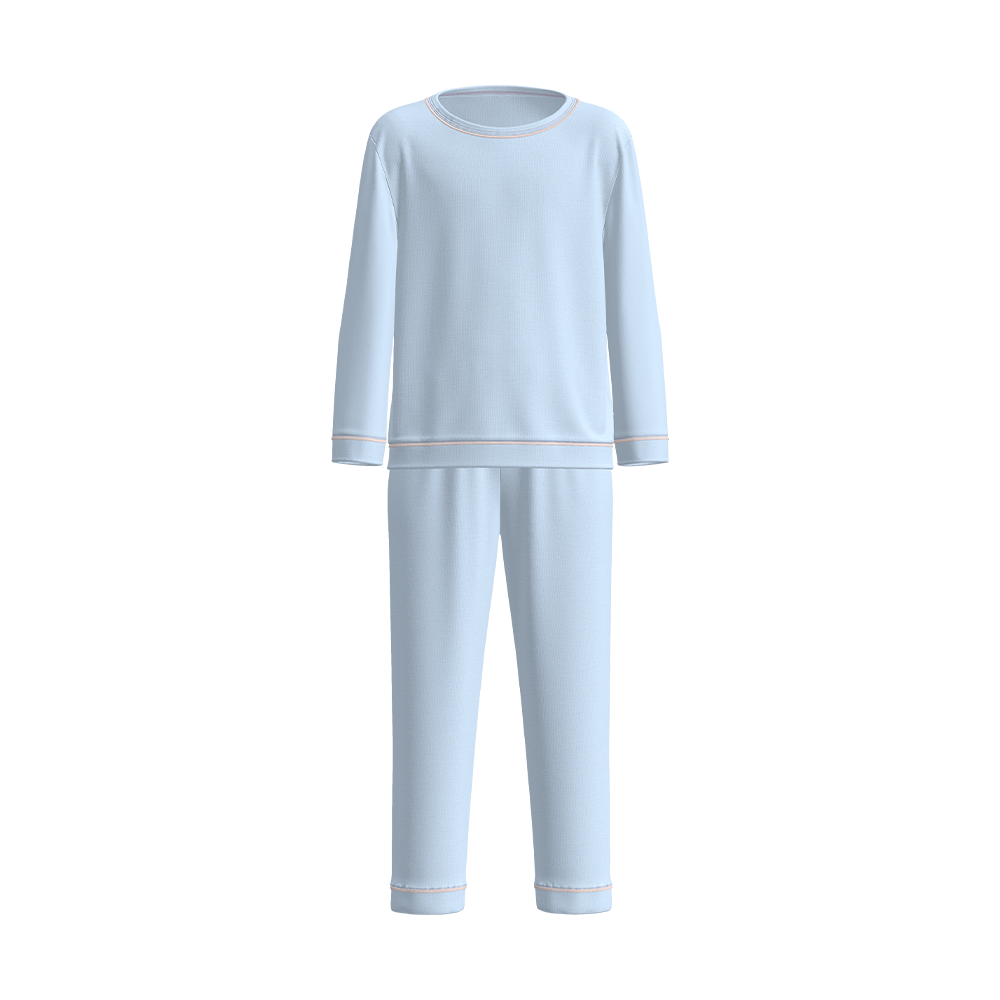
How Does C/R Temp-Regulation Interlock Fabric Actively Manage Body Temperature?
In the competitive landscape of textile innovation, the pursuit of comfort has evolved beyond simple softness or breathability. Today, the pinnacle of performance fabric design is active thermoregulation—the ability of a material to dynamically interact with the body’s microclimate to maintain a consistent, comfortable temperature. Among the various fabrics engineered for this purpose, one category stands out for its effective balance of natural comfort and advanced functionality: c/r temp-regulation interlock fabric. This specialized knit represents a significant leap forward, merging the beloved, familiar hand-feel of a cotton-rich blend with sophisticated temperature-managing properties. But how does this fabric actually achieve this? The process is not a single magic trick but a sophisticated interplay of material science, fiber engineering, and intelligent knit construction.
The Foundation: Understanding the Interlock Knit and C/R Blend
Before examining the temperature-regulation aspect, it is essential to understand the base canvas upon which this technology is applied: the interlock knit construction and the cotton-rich (c/r) blend.
An interlock knit is a specific type of double-knit structure. Unlike a single jersey, which is prone to curling at the edges and is relatively lightweight, interlock is created using two sets of needles, producing a fabric that is thicker, more stable, and has a smooth surface on both sides. This construction results in a fabric with excellent durability, good recovery, and a consistent hand-feel. The structure is also inherently more insulating than a single jersey due to its density, but it also possesses a fine breathability thanks to the tiny air pockets trapped within the knit. This balanced combination of slight loft and inherent breathability provides an ideal foundation for integrating temperature-regulating technologies.
The term c/r, or cotton-rich, denotes a blend where cotton is the predominant fiber, typically making up a majority percentage of the composition, with the remainder consisting of synthetic fibers, most often polyester. This blend is strategically chosen to harness the best attributes of both natural and synthetic fibers. Cotton is renowned for its exceptional softness, high absorbency, and breathability. It is a hydrophilic fiber, meaning it has a strong affinity for water. Polyester, on the other hand, is a hydrophobic synthetic fiber known for its strength, durability, quick-drying properties, and ability to be engineered with advanced functional properties. In a c/r temp-regulation interlock fabric, the blend creates a synergistic effect. The cotton component provides immediate comfort and moisture absorption, while the polyester component contributes structural integrity, shape retention, and serves as the primary carrier for the temperature-regulating technology. This fusion creates a versatile fabric suitable for a wide range of applications, from athletic wear to premium casual apparel.
The Core Mechanisms of Temperature Regulation
The active management of body temperature by c/r temp-regulation interlock fabric is achieved through a multi-faceted approach. It is rarely dependent on a single mechanism but rather on a combination of complementary processes working in concert.
Moisture Management and Evaporative Cooling
The most immediate and tangible mechanism for cooling is through moisture management. During physical exertion or in warm environments, the body’s primary cooling mechanism is perspiration. How a fabric handles this moisture is critical to comfort. A standard cotton garment, while absorbent, tends to hold moisture against the skin, leading to a cold, clammy feeling and potentially causing chafing. It also loses its insulating properties when wet.
C/r temp-regulation interlock fabric is engineered to overcome this. The synthetic component in the blend, often a specially engineered polyester or other synthetic, is treated or physically structured to be hydrophobic or moisture-wicking. Wicking is a capillary action that pulls moisture from the skin (where it causes discomfort) outward through the fabric to its outer surface, where it can evaporate efficiently. This process of evaporation requires energy, which is drawn from body heat, thereby producing a palpable cooling sensation on the skin. The interlock knit construction aids this process by providing a consistent pathway for moisture to travel through the yarns. Therefore, the fabric actively facilitates the body’s own cooling system, keeping the wearer dry and cool during activity. This quick-drying capability is a fundamental pillar of its thermoregulatory function.
The Role of Phase Change Materials (PCMs)
A more advanced technology often integrated into the synthetic fibers of c/r temp-regulation interlock fabric is the use of Phase Change Materials (PCMs). These are substances that absorb, store, and release large amounts of latent heat as they change their physical state from solid to liquid and back again.
Microcapsules containing PCMs are permanently embedded within the fibers or applied as a finishing treatment to the fabric. These microcapsules are designed to have a specific melting point, typically within the range of human comfort, such as around 77°F to 84°F (25°C to 29°C). When the wearer’s body temperature rises and the microclimate within the garment reaches this melting point, the PCM inside the capsules absorbs the excess heat as it changes from a solid to a liquid, effectively storing the thermal energy. This action prevents the wearer from feeling an immediate sensation of overheating. Conversely, when the body cools down and the microclimate temperature drops below the PCM’s freezing point, the liquid PCM changes back to a solid, releasing the stored heat energy and providing a warming effect.
This process creates a buffering effect against temperature fluctuations. It does not make the wearer cooler or warmer in an absolute sense but rather helps to maintain a stable temperature zone close to the skin, delaying the onset of discomfort from either heat or cold. The integration of PCMs transforms the fabric from a passive barrier into an active, dynamic thermal storage system, significantly enhancing the thermoregulatory performance of the c/r temp-regulation interlock fabric.
Infrared Regulation and Other Technologies
Beyond moisture wicking and PCMs, other technologies can contribute to thermal regulation. Some advanced fabrics incorporate ceramic particles or other minerals into the fibers. These particles can be engineered to interact with infrared radiation (radiant body heat). Certain ceramics have the ability to absorb and reflect far-infrared radiation (FIR) emitted by the human body. By reflecting a portion of this radiant heat back towards the body, the fabric can help to retain warmth in cooler conditions without adding significant weight or bulk. This technology is particularly subtle and works in conjunction with other mechanisms to fine-tune the fabric’s overall thermal properties.
Furthermore, the very construction of the interlock knit itself plays a passive role. The density and thickness of the knit can be calibrated to provide a specific level of inherent insulation (known as clo value). The tiny air pockets trapped within the knit structure act as insulating barriers, slowing down the transfer of heat between the body and the external environment. This provides a baseline level of thermal regulation that is then enhanced and made active by the technologies described above.
Key Performance Characteristics and Benefits
The integration of these thermoregulatory mechanisms endows c/r temp-regulation interlock fabric with a suite of performance characteristics that are highly sought after in the textile market.
The primary benefit is, of course, all-season comfort. Garments made from this fabric are exceptionally versatile, suitable for wear in a variety of climates and activity levels. They provide cooling during exertion and warmth during rest periods or in cooler environments, making them ideal for activities with variable intensity. This is a key selling point for consumers seeking functional, multi-purpose apparel.
This is closely tied to its superior moisture-wicking capabilities. By efficiently moving sweat away from the skin and promoting rapid evaporation, the fabric ensures the wearer remains dry. This is crucial not only for comfort but also for performance, as it reduces the risk of skin irritation and helps maintain the body’s optimal core temperature.
The fabric also boasts enhanced breathability. While the interlock is a denser knit, the nature of the construction and the blend of fibers still allow for air circulation. This prevents the buildup of hot, humid air inside the garment, further contributing to thermal equilibrium. The feel of the fabric is another significant advantage. The cotton-rich composition ensures a soft, natural, and comfortable hand-feel against the skin, which is a familiar and preferred sensation for many consumers, distinguishing it from 100% synthetic performance fabrics that can sometimes feel plastic-like or clammy.
Finally, the inherent properties of the interlock knit and the synthetic blend contribute to excellent durability and longevity. The fabric is resistant to pilling, has good colorfastness, and maintains its shape and functional properties even after repeated washing and wearing. This ensures that the temperature-regulating benefits are not short-lived but persist for the functional life of the garment, an important consideration for value-conscious buyers and brands concerned with product quality.
Applications in the Apparel Industry
The unique combination of comfort, performance, and durability makes c/r temp-regulation interlock fabric suitable for a diverse range of applications across the apparel industry. Its utility spans from high-intensity athletic pursuits to everyday casual wear.
In the realm of activewear and sportswear, it is an excellent choice for training apparel, yoga wear, base layers, and performance t-shirts. The fabric’s ability to manage temperature and moisture during physical activity makes it a superior option for athletes and fitness enthusiasts who demand both comfort and functionality. It is particularly well-suited for outdoor activities where environmental temperatures can be variable.
The casual and lifestyle apparel market is another major area of application. The cotton-rich hand-feel makes it comfortable enough for all-day wear, while the embedded technology provides an unseen benefit. Premium t-shirts, polo shirts, loungewear, and even lightweight sweatshirts can be made from this fabric, offering consumers a product that is not only stylish and comfortable but also intelligently functional.
Furthermore, its properties make it highly relevant for the uniform and workwear sector. For professionals who are physically active or who move between different environments (e.g., from a cold storage area to a warm retail floor), garments that help regulate body temperature can significantly improve comfort and productivity. This includes uniforms for hospitality, healthcare, and light industrial work. The fabric’s durability also meets the demands of professional use requiring frequent laundering.
Considerations for Buyers and Product Developers
For wholesalers and buyers evaluating c/r temp-regulation interlock fabric, several key factors should be considered to ensure product quality and performance alignment with market needs.
First, scrutinize the specific technology used. Is the temperature regulation achieved primarily through moisture-wicking, PCMs, infrared technology, or a combination? Understanding the core mechanism will help set accurate performance expectations and guide marketing messaging. Request technical data sheets from suppliers that detail test results for thermal regulating performance, moisture management, and breathability.
Second, pay close attention to the blend ratio. A common blend is 60% cotton and 40% polyester, but this can vary. A higher cotton content will emphasize softness and absorbency, while a higher polyester content will enhance wicking, durability, and the intensity of the functional performance. The optimal ratio depends on the target application and desired balance of properties.
The weight and density of the interlock knit are also critical. Fabric weight, typically measured in grams per square meter (GSM), directly influences its drape, warmth, and breathability. A lighter interlock (e.g., 180-220 GSM) is suitable for t-shirts and base layers, while a heavier weight (e.g., 250-300 GSM) might be used for sweatshirts or cooler-weather apparel.
Finally, inquire about finishes and certifications. Many functional fabrics receive additional treatments, such as antimicrobial or odor-control finishes, which complement the thermoregulatory properties. Certifications from independent testing organizations (e.g., for moisture management or thermal insulation) provide verified proof of performance claims, adding credibility and value to the end product.
LATEST POST
Let’s create something amazing together
contact usDon't hesitate to contact when you need us!



 English
English 한국어
한국어 中文简体
中文简体

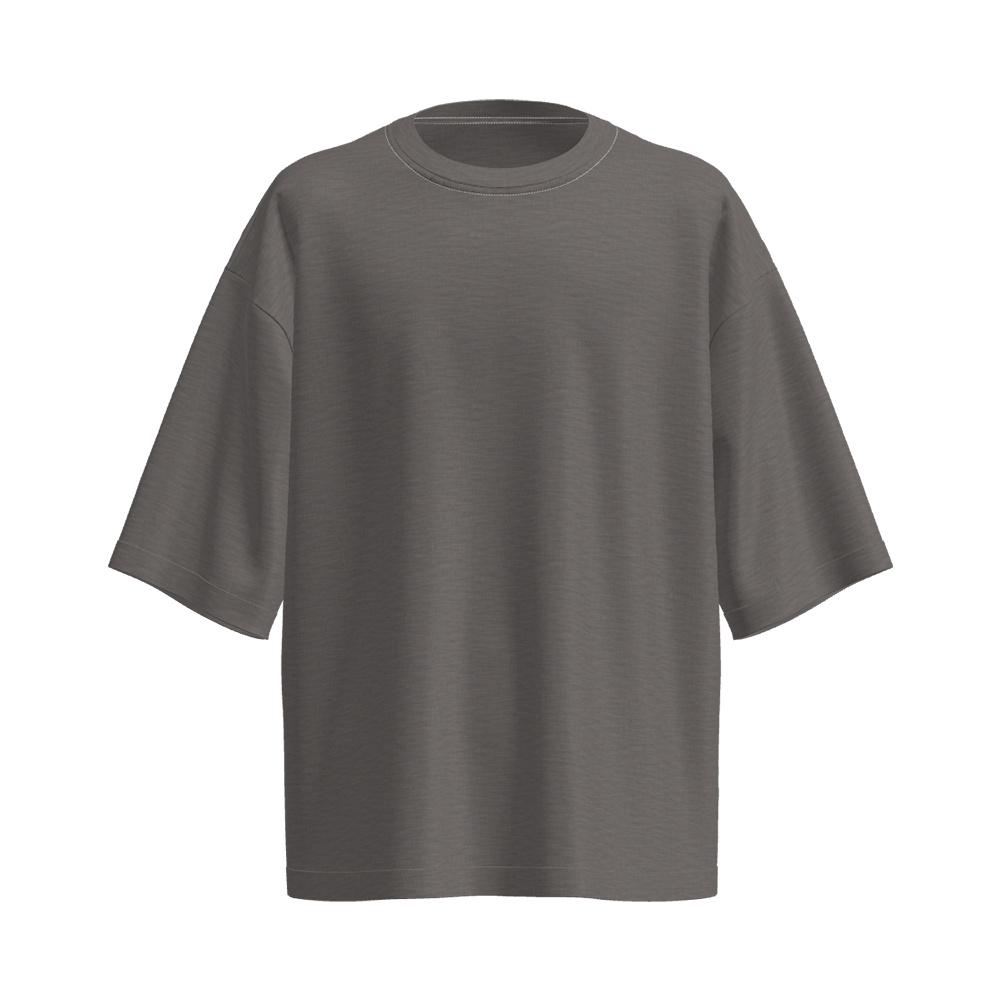
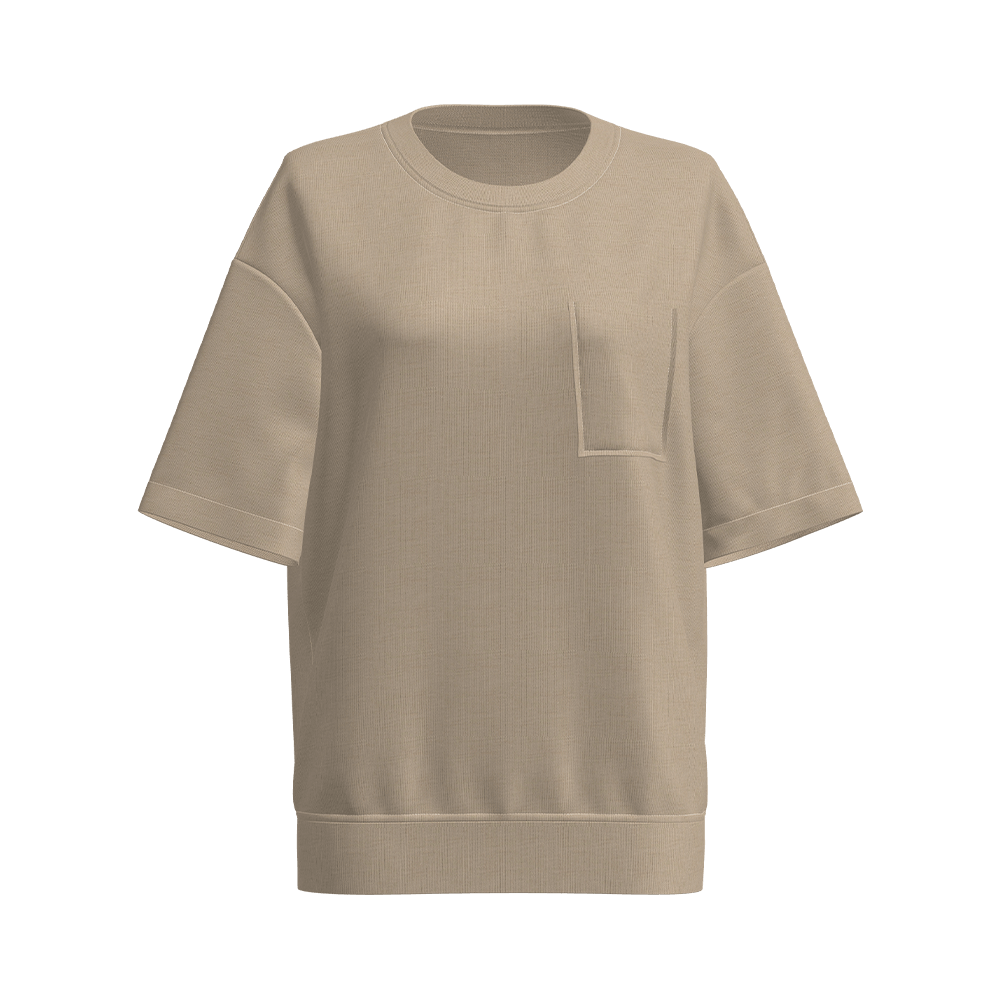

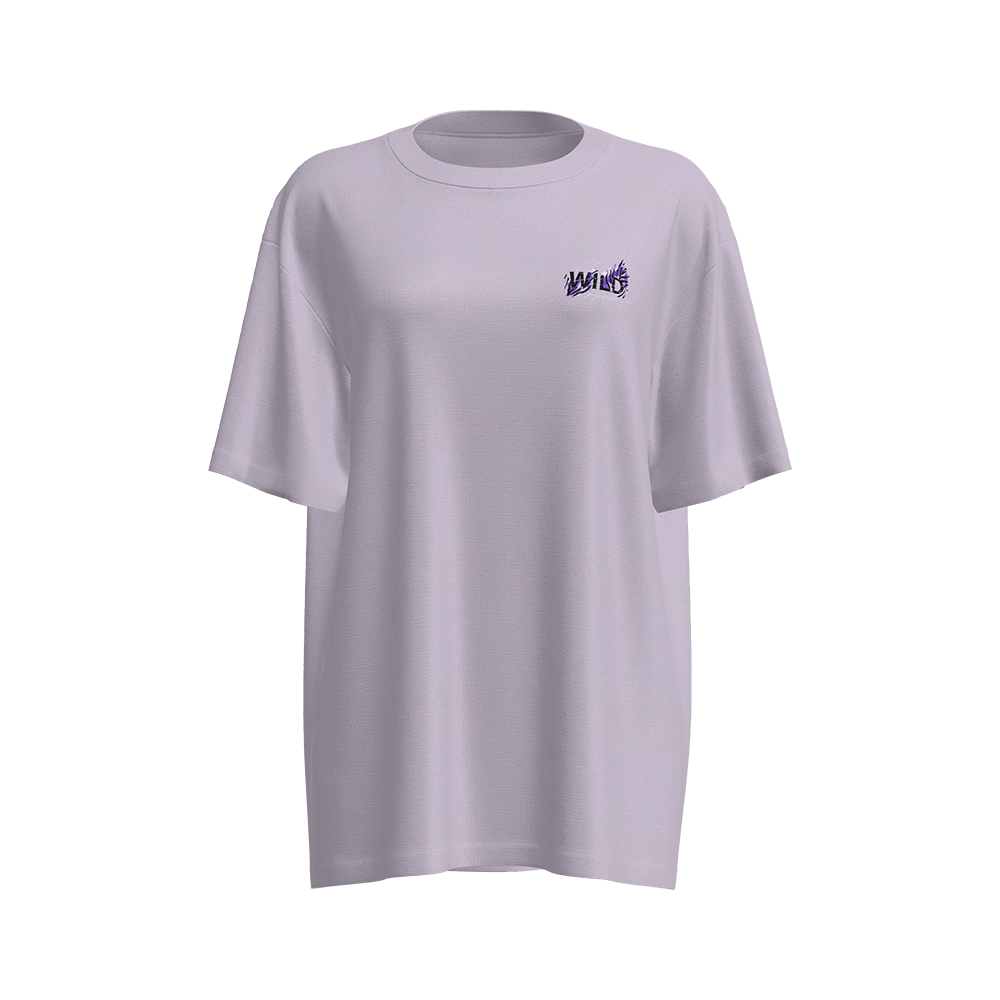
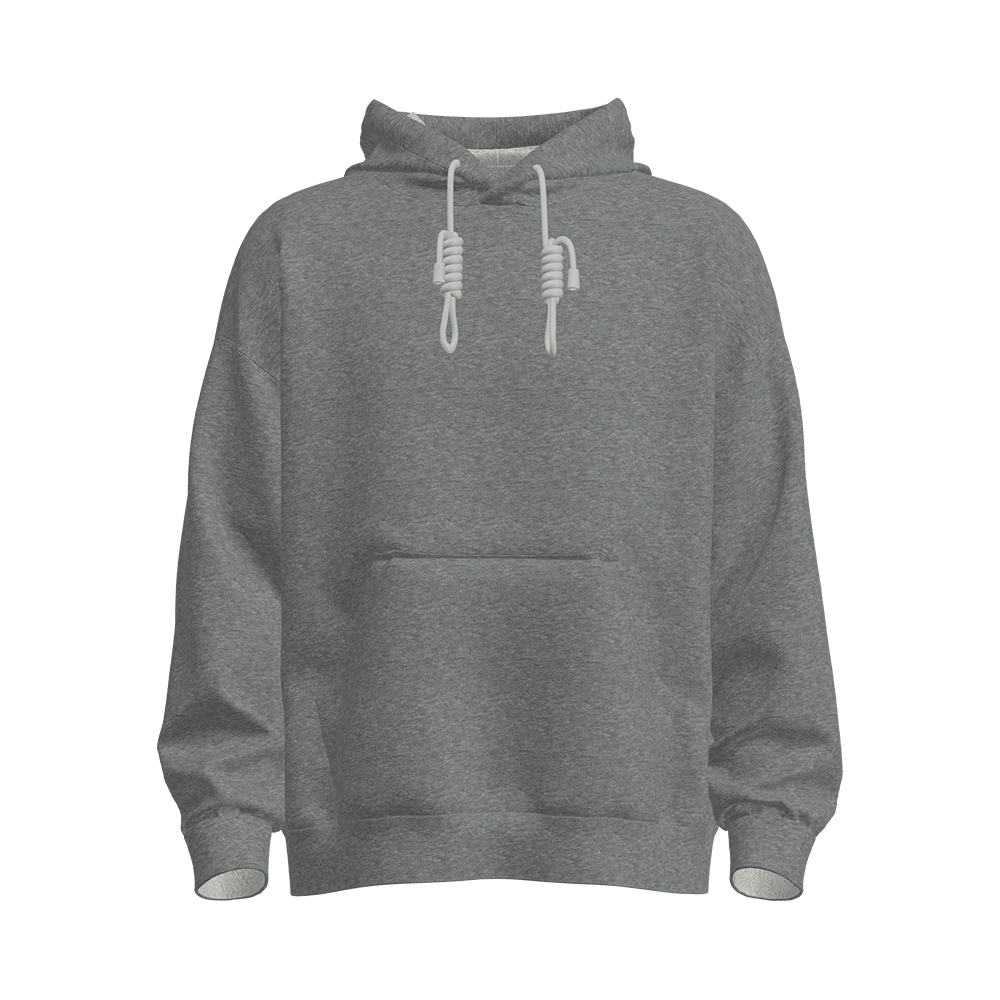
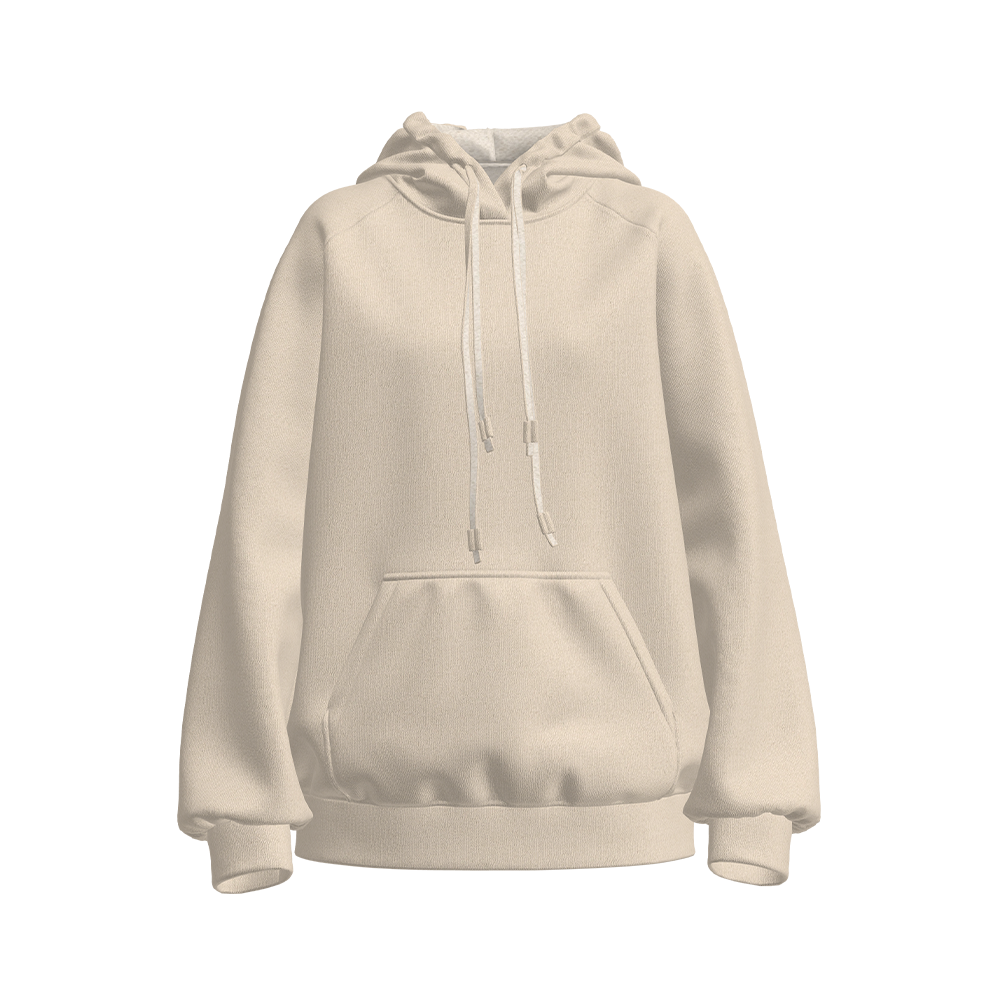


 +86-512-52528088
+86-512-52528088 +86-512-14546515
+86-512-14546515

